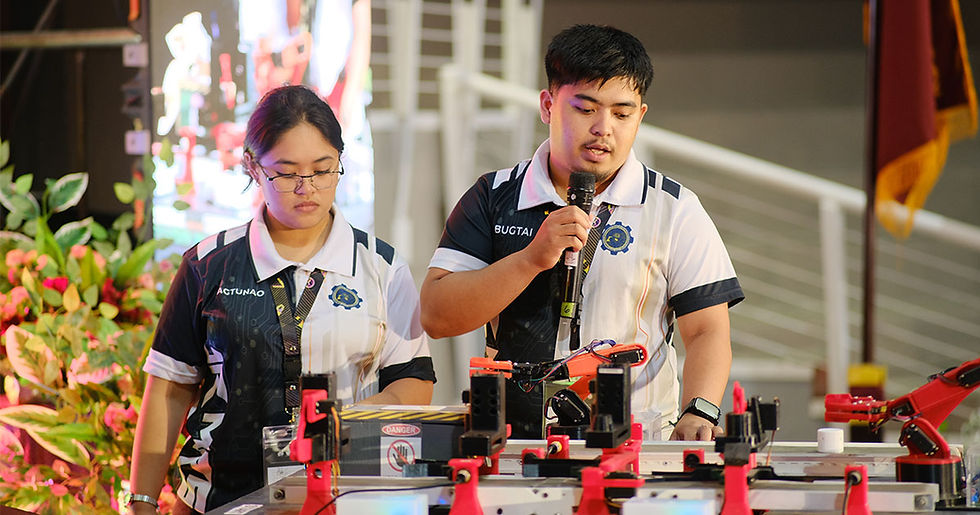Iterative design of a set of 3D printed tweezers
- Field Ready

- Jul 20, 2016
- 2 min read
What is it like to design a 3D printed part? We would like to share with you a recent example of the of the journey we take when designing even simple parts – in this case a set of plastic tweezers.
To give some context, sets of plastic tweezers are a common item in health kits around the world and are particularly useful in primary health care (the kind of care that most people need, most of the time). They are used by staff for foreign object removal and to handle sterilised bandages. Frustratingly, they are not usually available in local markets and so aid agencies have included them in their programmes to supply Health Posts (small clinics).
The first design we made approximately replicated the tweezer design they were using already in Nepal, a ‘push to close’ design. We modified the hinge to a design that would be a little tougher under repeated bending, and also extended the grip further along the arms. The reason for this was that we had observed that people used the tweezers differently, some gripping very near the tips, others much closer towards the hinge.
We printed in red ABS, and while the print came out well the design turned out to be not so good. Firstly, the long arms of the tweezers were weak under torsion, and twisted out of alignment with each other. Secondly, it was possible to force the tweezer arms very close together (much closer than needed to connect the tips) which caused damage to the hinge.
We made a simple modification, in the form of an addition halfway along the tweezer arms to lock the arms together as they closed to hold them in alignment, as well as to prevent overstressing the hinge. We designed this feature at a 45-degree angle, so it could be printed without support material. We printed the new design, but although we saw an improvement, the tips still twisted out of alignment!
A further modification was then made; the width of the arms was kept very wide until the last possible moment, to taper into a fine tip. Finally, we had a very functional set of tweezers!
As a final step, we gave the tweezers to hospital staff to test. They liked them a lot, but commented that they actually wished both sets of tweezers, old and new, had finer tips to pick up more delicate items. A final modification has now been made, and you can download and print our tweezers from http://www.thingiverse.com/thing:1727040.

_edited.png)




Comments